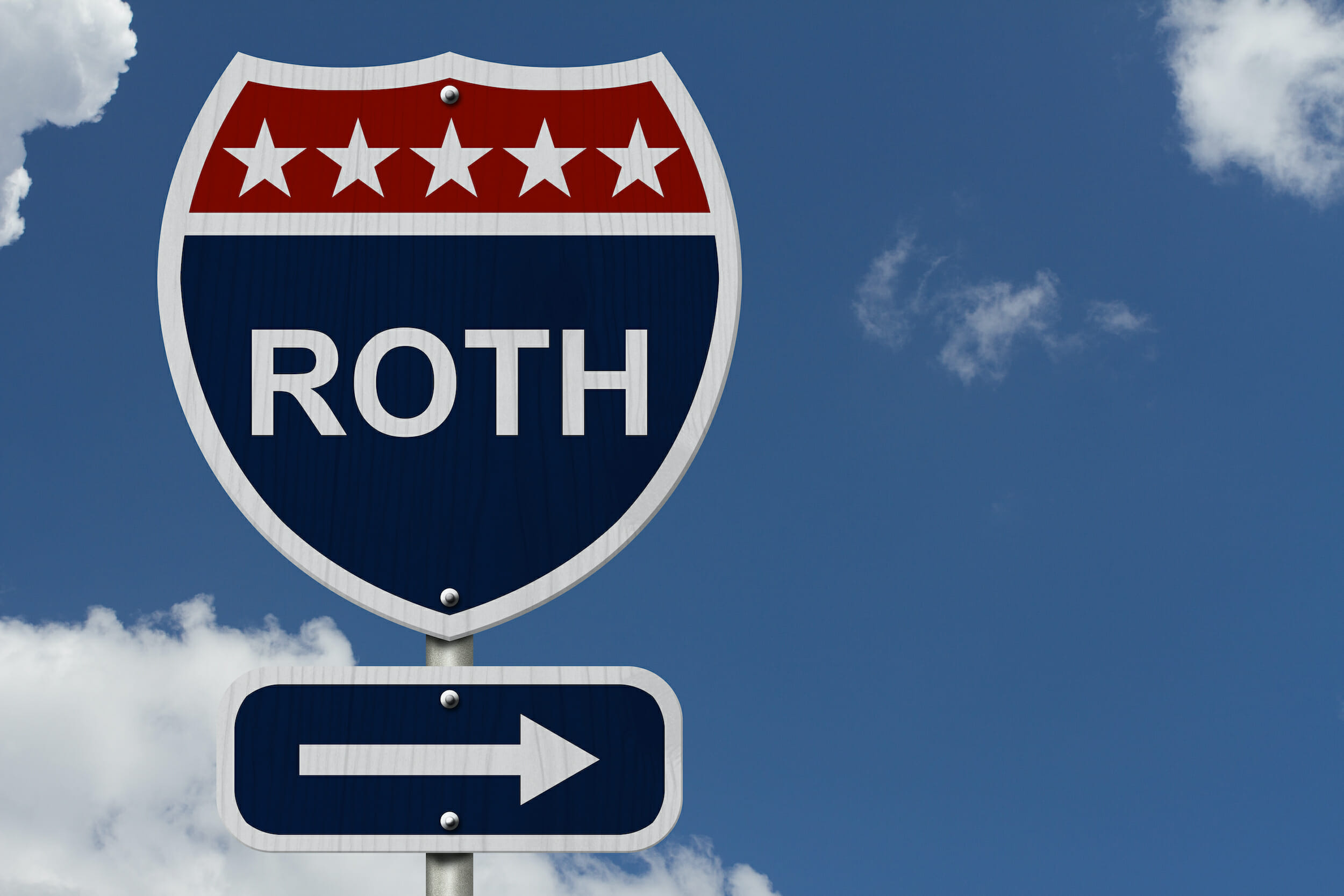
How to Execute a Backdoor Roth IRA in 2024
If your income surpasses the IRS limits for direct Roth IRA contributions, you still have options to reap the benefits of tax-free growth through a Backdoor Roth IRA. Though the process can be complex, it’s entirely legal and can be a powerful tool in your retirement strategy. Here’s a step-by-step guide tailored for 2024, complete with tips, tools, and important considerations.
Understanding the Income Limits
For 2024, the income limits for contributing directly to a Roth IRA are:
- Single Filers: Over $153,000
- Married Filing Jointly: Over $228,000
If your income exceeds these thresholds, direct contributions to a Roth IRA are off the table. However, you can still consider a Backdoor Roth IRA or a Roth Conversion.
Maximizing 401(k) Contributions First
Before jumping into a Backdoor Roth IRA, ensure you’re fully maximizing your 401(k) contributions:
- Contribution Limits for 2024: $23,000 (with an additional $7,500 catch-up contribution if you are 50 or older).
- Roth 401(k) Option: Unlike Roth IRAs, Roth 401(k)s have no income limits. This allows you to contribute post-tax money and enjoy tax-free growth and withdrawals in retirement.
Tip: If your employer offers a Roth 401(k) and you’re not already contributing to it, consider this option before pursuing a Backdoor Roth. The Roth 401(k) provides higher contribution limits and similar tax benefits without the need for conversions.
The Backdoor Roth IRA Process
If you’ve maxed out other retirement accounts and are still looking for tax-advantaged retirement savings, here’s how to execute a Backdoor Roth IRA in 2024:
1. Open a Traditional IRA
- Contribution Limits for 2024: Up to $6,500 ($7,500 if you’re 50 or older).
- Non-Deductible Contributions: Since your income disqualifies you from a tax deduction, your contributions to this Traditional IRA will be non-deductible.
2. Convert the Traditional IRA to a Roth IRA
- Once your contribution is in the Traditional IRA, you can convert it to a Roth IRA. There are no income limits for conversions, making this step possible for high earners.
3. Consider the Pro-Rata Rule
- Pro-Rata Rule: If you have any other Traditional IRAs with pre-tax contributions, the IRS requires you to calculate taxes based on the proportion of pre-tax and post-tax dollars across all your IRA accounts. This can complicate your conversion and potentially increase your tax liability.
Tip: The pro-rata rule can be tricky. If you have significant pre-tax IRA balances, consult with a CPA to assess whether a Backdoor Roth is the best move.
Key Considerations and Tips
- Avoiding Excess Contribution Penalties: Ensure your income is above the Roth IRA limits before opting for a Backdoor Roth. If you accidentally contribute directly to a Roth IRA and your income exceeds the limit, you’ll need to withdraw the excess or face penalties.
- Timing the Conversion: Convert the Traditional IRA to a Roth IRA as soon as possible to minimize the gains in the Traditional IRA before conversion, which would otherwise be taxed.
- Seek Professional Guidance: Given the complexity of the pro-rata rule and the potential tax implications, it’s advisable to work with a financial advisor or CPA to navigate the process and ensure it aligns with your overall retirement strategy.
Resources and Tools
- IRS Publication 590-A: For detailed information on IRA contributions and conversions.
- Retirement Calculators: Tools like Vanguard’s Roth IRA Conversion Calculator can help estimate the tax impact and benefits of a Roth conversion.
- Financial Advisors: Consider speaking with a financial planner to tailor these strategies to your specific situation.
Bottom Line: A Backdoor Roth IRA can be a valuable strategy for high-income earners in 2024, offering tax-free growth and withdrawals in retirement. However, it requires careful planning and an understanding of potential tax consequences. If you’re considering this option, it is highly recommended that you have a CPA and a financial advisor to help track and advise you on this process. You should only consider a Backdoor Roth if all of these conditions apply to you: your income exceeds the income requirements, you don’t have a Roth 401k option at work, and you don’t already have significant pre-tax IRA (traditional, rollover, SEP, SIMPLE) assets. Conversions are beneficial if you know your tax bracket will be higher in the future and you’re investing for the long-haul toward retirement.









